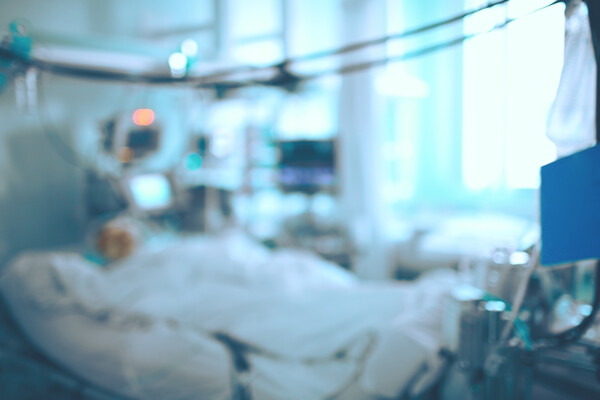
According to the 2020 National Cancer Registry Statistics, the five-year survival rate for lung cancer patients in Korea is 36.8 percent. Why is the survival rate of lung cancer patients so low?
"Nearly half of lung cancer patients come to the hospital in the fourth stage," said Cho Jae-young, a professor in the Department of Pulmonary and Critical Care Medicine at Seoul National University Hospital, on the YouTube channel Seoul National University Hospital TV.
She explained that this was because the lungs have no sensory nerves, making it difficult to recognize symptoms in the early stages of cancer.
Lung cancer is detected late because abnormal symptoms such as cough and chest pain can only be felt after cancer cells have invaded the bronchi or pleura.
Thus, the proportion of late-stage lung cancer patients is high and the treatment outcome is poor in Korea.
In fact, according to the 25-year report of the Severance Hospital Tumor Registry, among patients with non-small cell lung cancer (NSCLC), which accounts for about 90 percent of lung cancer, 35.5 percent of them were in stage 0-1, 7.7 percent in stage 2, 15.9 percent in stage 3, and 40.7 percent in stage 4 when diagnosed between 2015 to 2019.
The five-year survival rates for NSCLC by stage were 75.1 percent for stage 1, 47.2 percent for stage 2, 18.5 percent for stage 3, and 5.8 percent for stage 4. If detected in stage 1, three out of four people will be alive after five years, but if detected in stage 4, only 1 out of 17 will survive.
For this reason, the government has included lung cancer screening in the national cancer screening program since 2019.
It offers free low-dose chest CT scans every two years to smokers aged 30 pack-years or older (one pack a day for 30 years or two packs a day for 15 years), aged 54 to 74, who are at high risk of lung cancer.
The targeting of older smokers for lung cancer screening underscores the harm of smoking in lung cancer.
"The main cause of lung cancer is smoking," Cho said. "Smokers have about 10 times the risk of lung cancer compared to non-smokers."
Even smokers can reduce their risk of lung cancer by quitting. "If you quit smoking for 15 years, you can reduce your risk of lung cancer by 10 to 2 times compared to non-smokers," Cho said, emphasizing the importance of quitting.
The causes of lung cancer in nonsmokers include secondhand smoke, radon, cooking smoke, air pollution and fine dust, occupational carcinogens, and genetic predisposition.
The principles of treatment for lung cancer are similar to other cancers.
"The principle of treatment is that if resection is possible, surgery is considered first for the purpose of cure," Cho said. "Chemotherapy or radiotherapy is given before or after surgery, and it is applied when surgery is not possible due to metastasis. Depending on the stage, targeted therapy or immunotherapy may also be used."
In addition to patients with stage 1-2 NSCLC, some patients with stage 3 A (tumor size 5 cm or less with metastases to the mediastinal lymph nodes on the same side, tumor size 5 cm to 7 cm with metastases to the portal lymph nodes on the same side, tumor size greater than 7 cm with metastases to the mediastinal lymph nodes on the same side) can undergo curative surgery.
However, if the confirmed stage after surgery is stage 2 or higher, additional adjuvant chemotherapy may be required to reduce the risk of cancer recurrence.
In addition, even in early-stage lung cancer, if the patient's systemic condition is not good, or if the patient has underlying diseases in the heart, lung, or other medical conditions that prevent them from undergoing surgery, radiation therapy may be used to treat the disease.
Treatment options for stage 3 are varied these days. "For stage 3 A, surgery is performed if it is resectable, but chemotherapy or radiotherapy is added before or after surgery," Cho said. "For stage 3 B and C lung cancer, chemotherapy and radiotherapy are usually combined, and then immunotherapy is added as consolidation therapy."
Stage-4 lung cancer is treated with a combination of chemotherapy, targeted therapies, and immunotherapy. Recently, many targeted therapies and immunotherapies have been developed, and the response rate of lung cancer treatment is expected to improve.

